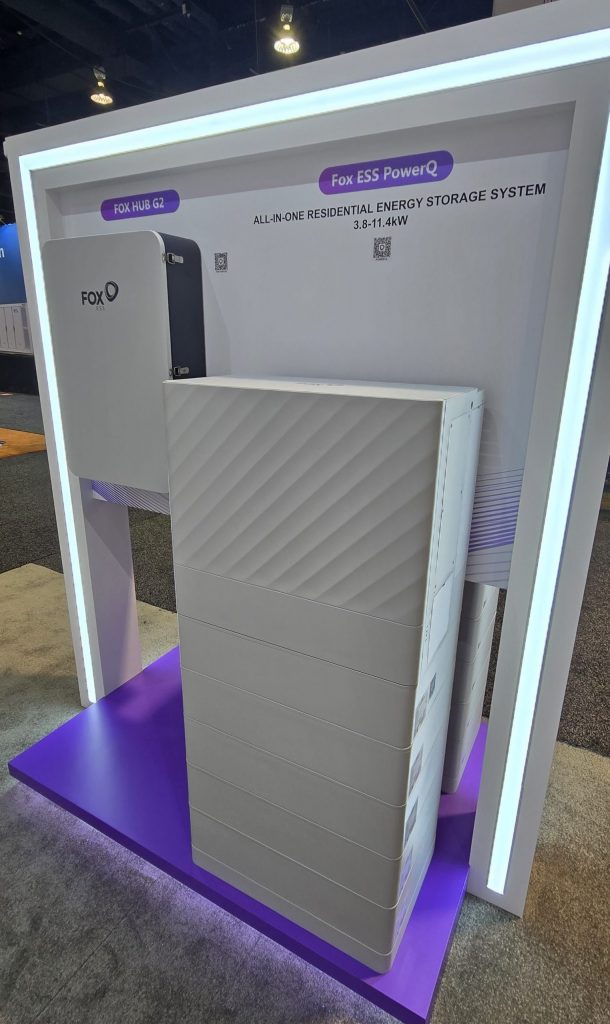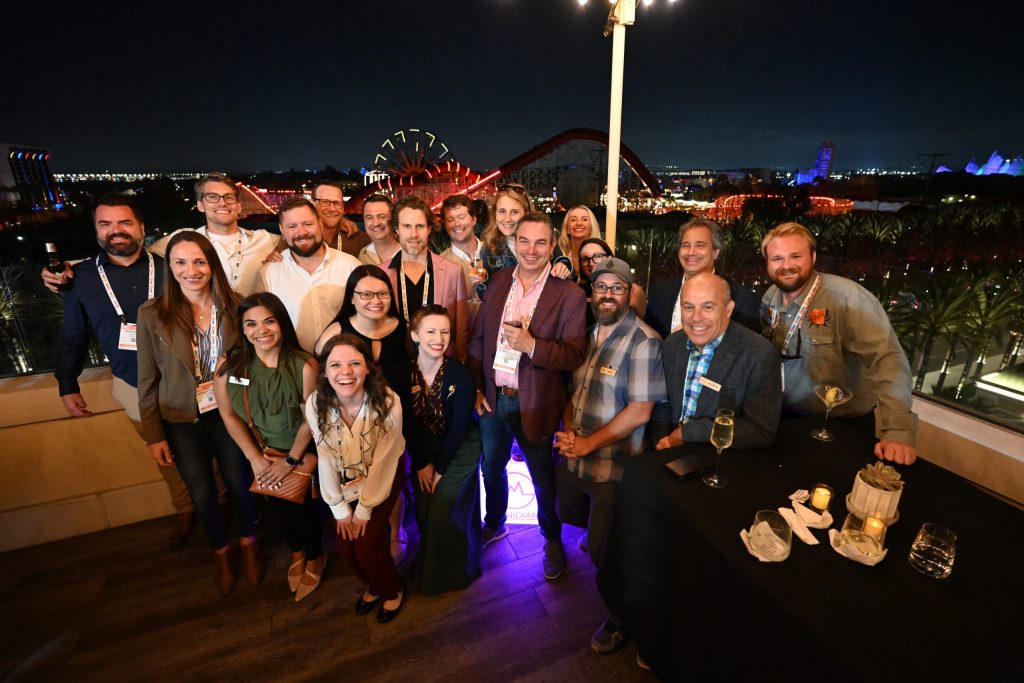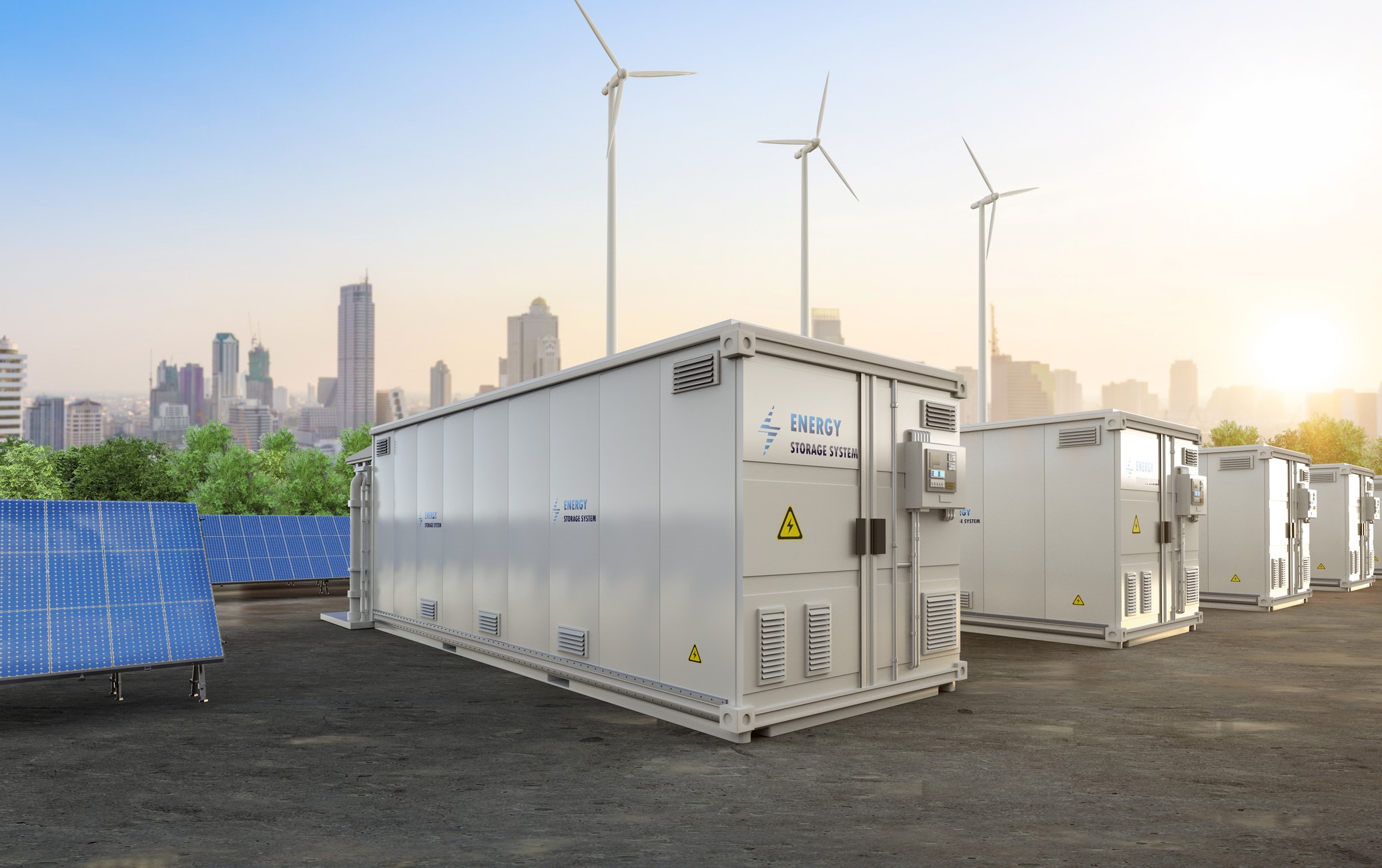Nearly 50,000 renewable energy professionals attended RE+ last week, all intent on gaining industry knowledge and advancing clean energy solutions. Solar experts comprised a large portion of attendees, so it didn’t take long for key trends in this sector to crop up across thousands of conversations throughout the event.
Here are three themes that emerged across the solar industry at this year’s RE+:
Scaling and Meeting Growth Needs
One of the biggest topics among solar professionals at RE+ this year was ensuring your operation is set up to scale and meet growth demands, which now includes asset classes beyond PV systems.
For example, the residential solar industry has seen a proliferation of third-party owned (TPO) assets as a way to scale against high interest rates. There’s also a growing adoption of battery storage to pair with installed solar.
On the commercial side, developers, EPCs, and similar professionals want to accelerate deployment while overcoming barriers like interconnection queues. They’re doing this by targeting markets where interconnection is fastest, typically by pivoting to smaller large-scale projects like community solar.
No matter the type of growth path, these PV systems will have to be maintained by partners who can scale with your assets and projects. Trusted service partners will help your systems thrive no matter your stage of development, ensuring your clean energy investments provide long-term ROI and performance.
Trusted service partners will help your systems thrive no matter your stage of development, ensuring long-term ROI and performance.

Embracing New Tech/Opportunities
If scaling is one of the biggest themes to come out of the solar industry at RE+ last week, adopting new opportunities to speed up this growth was a close second. Discussions centered around technology, emerging markets, and more.
As noted above, the residential space has seen an increased interest in battery storage as consumers look for reliable energy sources to protect from climate-related disasters and grid demand issues. In fact, WoodMac predicts battery attachment rates to PV systems will grow from 60% now to 80% by 2027.
Likewise, virtual power plants (VPPs) are an attractive alternative to grid reliance while providing more consistent, stable power across the plants’ offtakers.
Similar to residential, the commercial space wants to have energy security through a microgrid of solar + battery storage to help protect businesses from climate issues. This space is also investing in growing markets like community solar, where 5-20 MW projects can offer faster connection queues than traditional large-scale projects.
Bonus Topic:
Solar experts also know a big opportunity still exists to train and develop a new set of highly qualified field service professionals to help not just with installations, but also for a skilled workforce that can service assets for the long-term.
Ensuring Long-Term Performance
Another major theme across industry discussions at RE+ was how to ensure systems operate at peak efficiency throughout their 20+ year lifespans. From residential TPO assets to commercial real estate solar portfolios to community solar projects, PV assets – as well as all clean energy assets – need to function optimally as long as possible for maximum ROI.
Long-term performance starts at the site construction level, with quality builds contributing to the enduring reliability of a project. QA/QC inspections are also critical for safety adherence and remediation, which should be a primary concern across asset owners considering 72% of commercial assets have major or critical safety issues.
Solar experts also discussed the importance of comprehensive operations and maintenance (O&M) plans to achieve this performance assurance. Asset owners/operators and developers should look beyond capital expense numbers and lifecycle assessments to properly budget for operating expenses that will allow for an effective O&M program.
Forecasting for a thorough O&M strategy will help asset owners/operators monitor and increase asset performance where possible, so full ROI can be achieved and solar investments can be made with peace of mind.

Overall, these three topics reveal the solar industry has a challenging but bright future ahead of it. Will these themes carry forward into RE+ 2025? That’s the next big question









